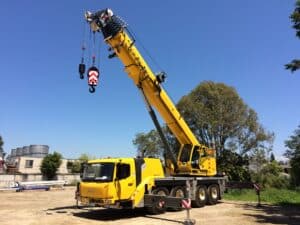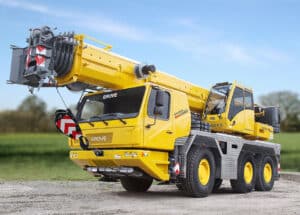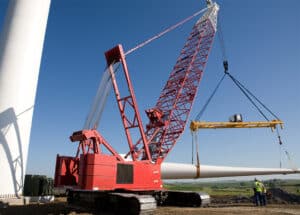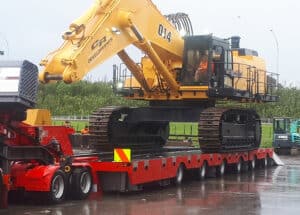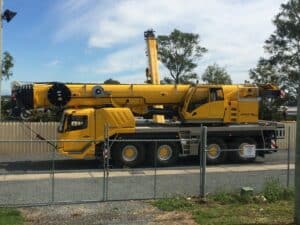Common Issues Found During Crane Inspections in Australia
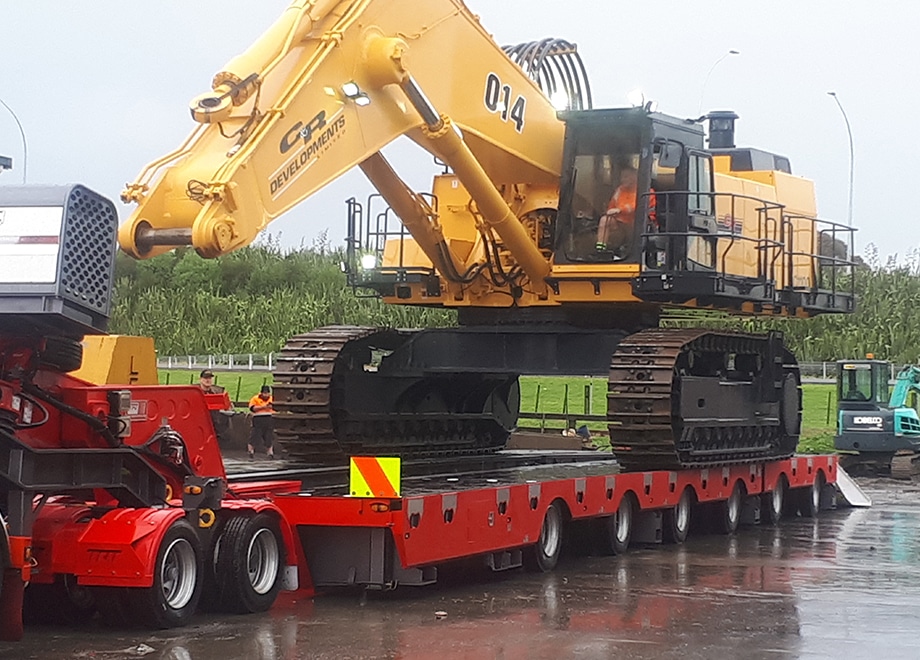
Cranes play a vital role in Australia’s construction, manufacturing, shipping, and resource industries. Their ability to lift and move heavy loads makes them indispensable, but with this responsibility comes strict safety requirements.
Crane inspections are not only a legal obligation under Australian Standards, but also a critical safeguard for protecting workers, equipment, and business operations.
During inspections, a wide range of issues can be identified, some minor and easy to fix, others serious enough to sideline a crane until repairs are made. Understanding the most common problems found during crane inspections in Australia helps operators and businesses prepare better, stay compliant, and avoid costly downtime.
Understanding the Importance of Crane Inspections in Australia
Why inspections are mandatory under Australian safety regulations
Crane inspections are required by law in Australia under regulations such as the Work Health and Safety Act and relevant standards including AS 2550 (Safe Use of Cranes) and AS 1418 (Design of Cranes). These inspections ensure that cranes are operating within safe limits and that any faults are identified before they pose a risk to people or property.
The role of inspections in preventing accidents and downtime
Accidents involving cranes can result in serious injury, fatalities, and extensive property damage. Regular inspections allow issues to be detected early, reducing the risk of catastrophic failures. Beyond safety, inspections also minimise costly downtime by catching mechanical or structural issues before they become major problems.
How regular inspections extend the life of cranes
Routine checks and servicing keep cranes in optimal working order, delaying wear and tear and helping businesses get the most from their investment. Well-maintained cranes not only last longer but also perform more efficiently, leading to lower long-term operating costs.
Structural Problems Detected During Crane Inspections
Cracks, corrosion, and metal fatigue in crane components
One of the most frequent issues uncovered during crane inspections in Australia is structural damage. Cracks in boom sections, corrosion of metal surfaces, and fatigue in welds can weaken the crane’s integrity. These faults are often caused by overloading, exposure to harsh weather, or prolonged heavy use.
Wear and tear on load-bearing structures
Load-bearing parts, including hooks, jib sections, and outriggers, are constantly under stress. Inspectors often find wear that, if left unaddressed, can compromise lifting capacity and stability. Such issues are particularly concerning in industries where cranes operate around the clock.
The impact of Australia’s climate on crane integrity
Australia’s diverse climate contributes to crane deterioration. Coastal regions expose cranes to salty air that accelerates corrosion, while inland areas with extreme heat can lead to metal fatigue and damage to seals and lubricants. These environmental factors make inspections even more crucial across different regions of the country.
Mechanical Issues Identified in Australian Crane Inspections
Gearbox and drive mechanism faults
Cranes rely heavily on gearboxes and drive mechanisms to lift and move loads. Worn gears, misalignments, or lubrication failures are common inspection findings. Left unattended, these problems can lead to complete breakdowns or unsafe load handling.
Malfunctioning hoists, wire ropes, and chains
Wire ropes and chains bear the direct weight of heavy loads, and inspectors frequently find issues such as fraying, stretching, or improper winding. Hoists may also develop faults in the lifting drum or braking system. These are among the most critical issues since rope or hoist failure can cause dropped loads and severe accidents.
Hydraulic leaks and cylinder wear
Hydraulic systems power many types of cranes, particularly mobile and tower models. Inspections often reveal leaks, worn seals, or pressure inconsistencies. These issues reduce lifting efficiency and, in severe cases, pose safety risks due to sudden loss of hydraulic pressure.
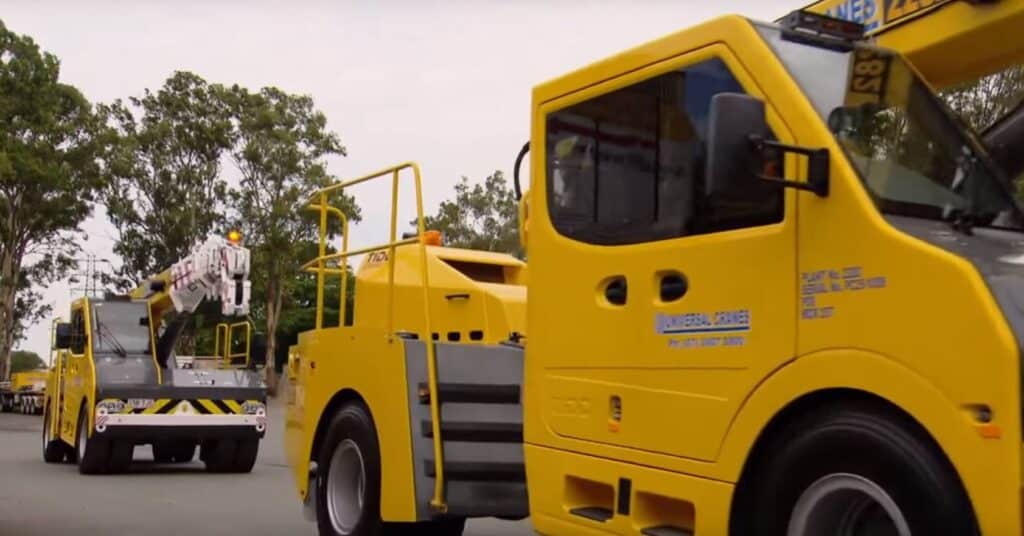
Electrical and Control System Failures
Faulty wiring and damaged electrical components
Electrical systems in cranes are prone to wear, especially when exposed to dust, moisture, or vibration. Inspectors often identify damaged wiring, loose connections, or overheated components that need immediate attention.
Problems with limit switches, sensors, and controls
Modern cranes rely heavily on electronic controls to maintain safe operation. Malfunctioning limit switches, faulty sensors, or non-responsive controls are common problems identified during inspections. If left unchecked, these faults can prevent the crane from stopping in time or operating within safe limits.
Software and automation issues in modern cranes
As cranes become more advanced, inspectors increasingly encounter software glitches or outdated control systems. Automated cranes or those with load monitoring systems must be regularly updated and calibrated to ensure accuracy and compliance with Australian standards.
Safety System and Compliance Concerns
Missing or faulty safety devices such as emergency stops
Safety devices are essential for protecting operators and workers around cranes. Inspections often reveal missing or non-functioning emergency stop buttons, anti-two block devices, and overload protection systems—all of which are mandatory under Australian Standards.
Outdated or incomplete safety signage and labelling
Clear labelling of load limits, emergency procedures, and warning signs is required by law. Inspectors frequently note missing or faded signage, which compromises safety communication on worksites.
Non-compliance with Australian Standards (AS 2550, AS 1418)
Failure to meet the requirements of Australian Standards is a recurring issue. Non-compliance can result in fines, crane decommissioning, or legal consequences if an accident occurs. Inspections help identify gaps so they can be rectified before enforcement action is taken.
Operational and Maintenance-Related Issues
Poor lubrication and inadequate servicing records
Cranes require meticulous lubrication to function safely. Inadequate greasing of bearings, ropes, or joints is one of the most common maintenance issues noted in inspections. Missing or incomplete servicing records also raise red flags for compliance.
Operator error and misuse contributing to inspection failures
Improper operation, such as overloading or incorrect setup, leads to accelerated wear and higher rates of inspection failures. Training gaps are often identified as underlying causes of recurring mechanical or structural issues.
Lack of proper documentation and logbooks
Inspectors regularly flag incomplete logbooks, missing inspection records, or falsified maintenance entries. Without proper documentation, it becomes difficult to prove compliance or track recurring problems.
Steps Australian Businesses Can Take to Prevent These Issues
Implementing proactive maintenance schedules
A planned maintenance system ensures that inspections and servicing happen on time, reducing the likelihood of unexpected breakdowns. Proactive care not only improves safety but also extends equipment life.
Training operators to spot early warning signs
Well-trained crane operators can identify issues like unusual noises, reduced lifting speed, or leaking fluids before they escalate. Businesses that invest in training reduce inspection failures significantly.
Working with accredited crane inspectors in Australia
Choosing qualified and accredited crane inspectors is critical for compliance. Accredited inspectors follow Australian Standards and provide detailed reports, ensuring businesses remain legally compliant and fully informed about their crane’s condition.
Key Takeaways for Crane Owners and Operators in Australia
Crane inspections in Australia often uncover structural wear, mechanical faults, electrical failures, and compliance gaps. While some issues may seem minor, addressing them promptly prevents serious accidents, financial losses, and potential legal repercussions. Businesses that invest in regular inspections, proactive maintenance, and operator training not only remain compliant but also protect their workers and keep projects running smoothly.
In the end, crane inspections aren’t just a legal formality, they’re a vital safeguard for safety, efficiency, and business continuity across Australia’s worksites.
Click here to read about the difference between rough-terrain cranes and all-terrain cranes.
